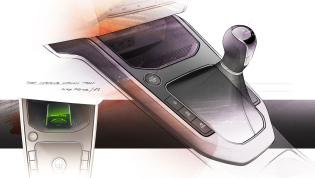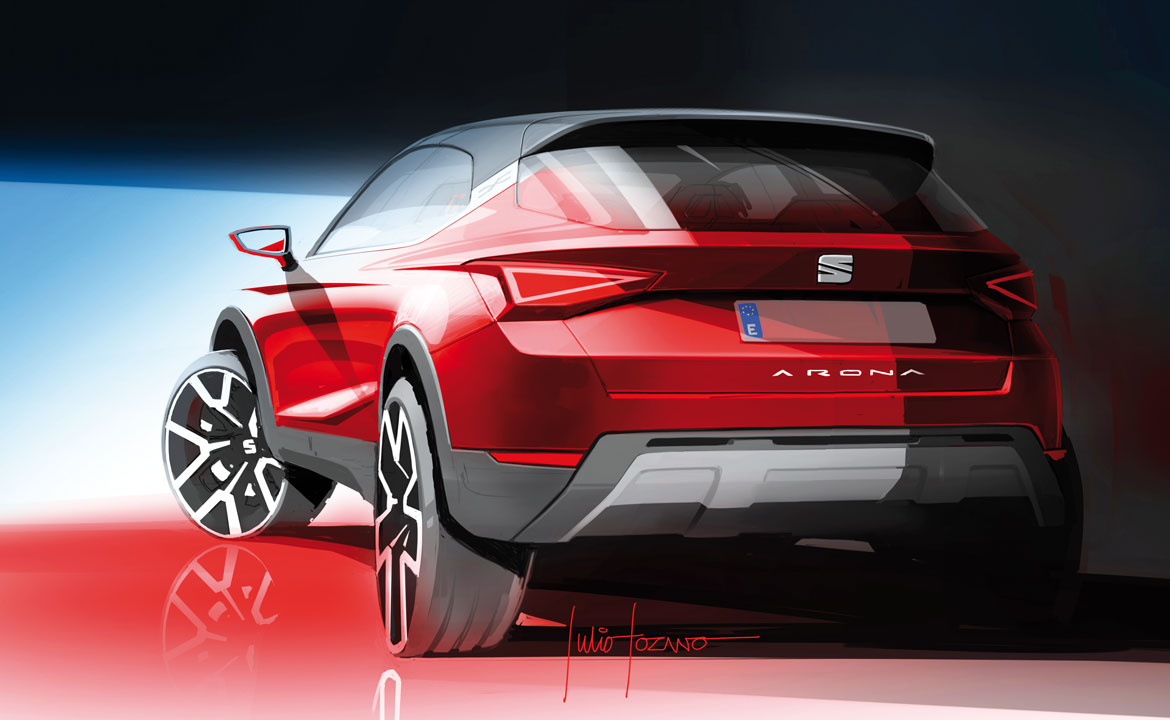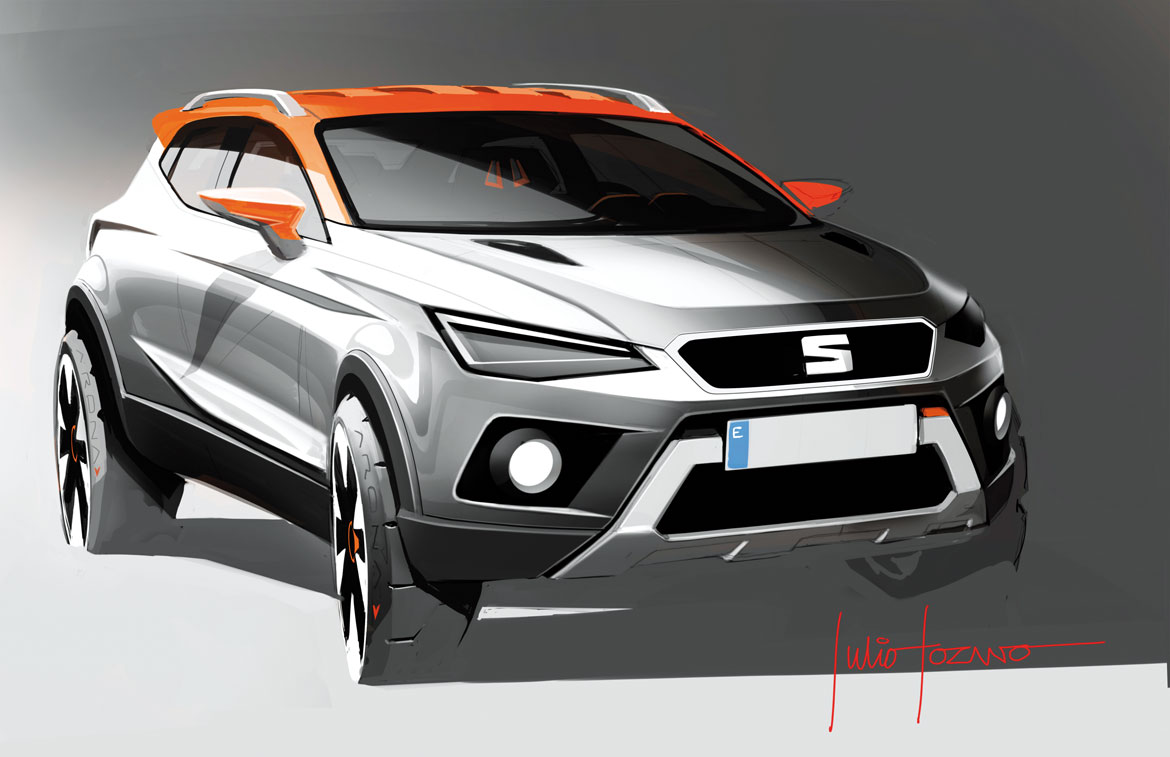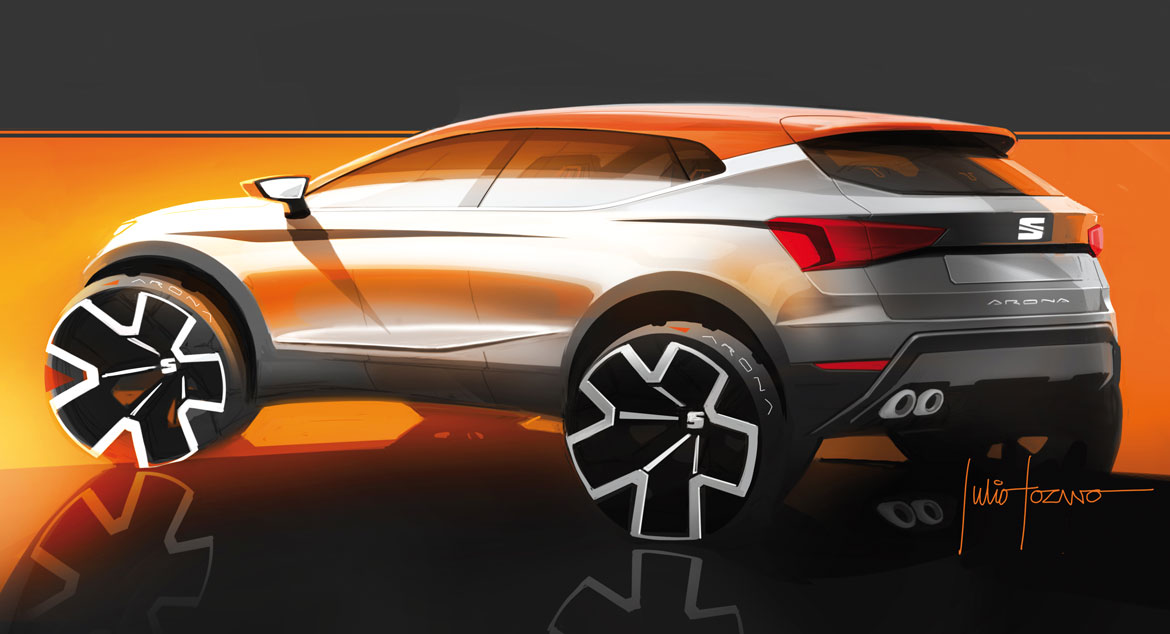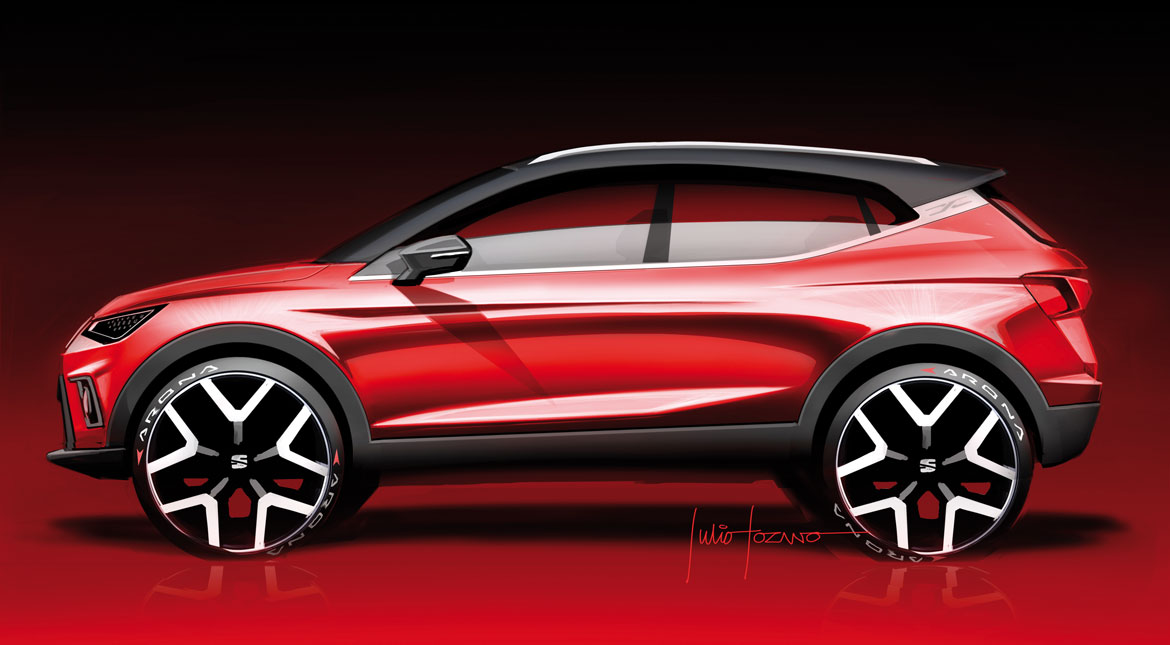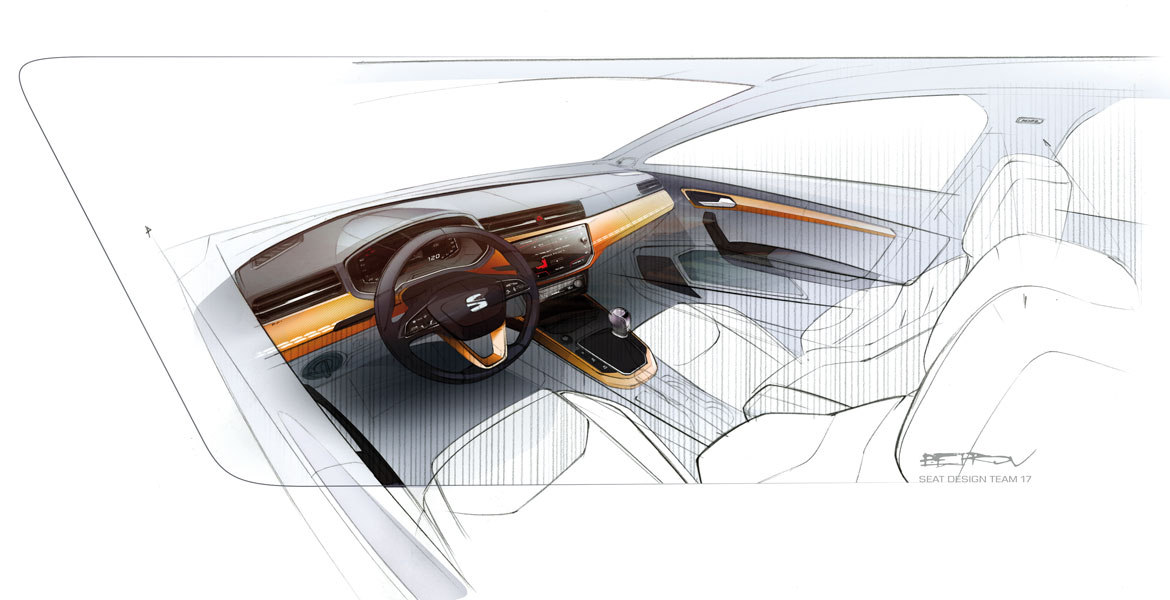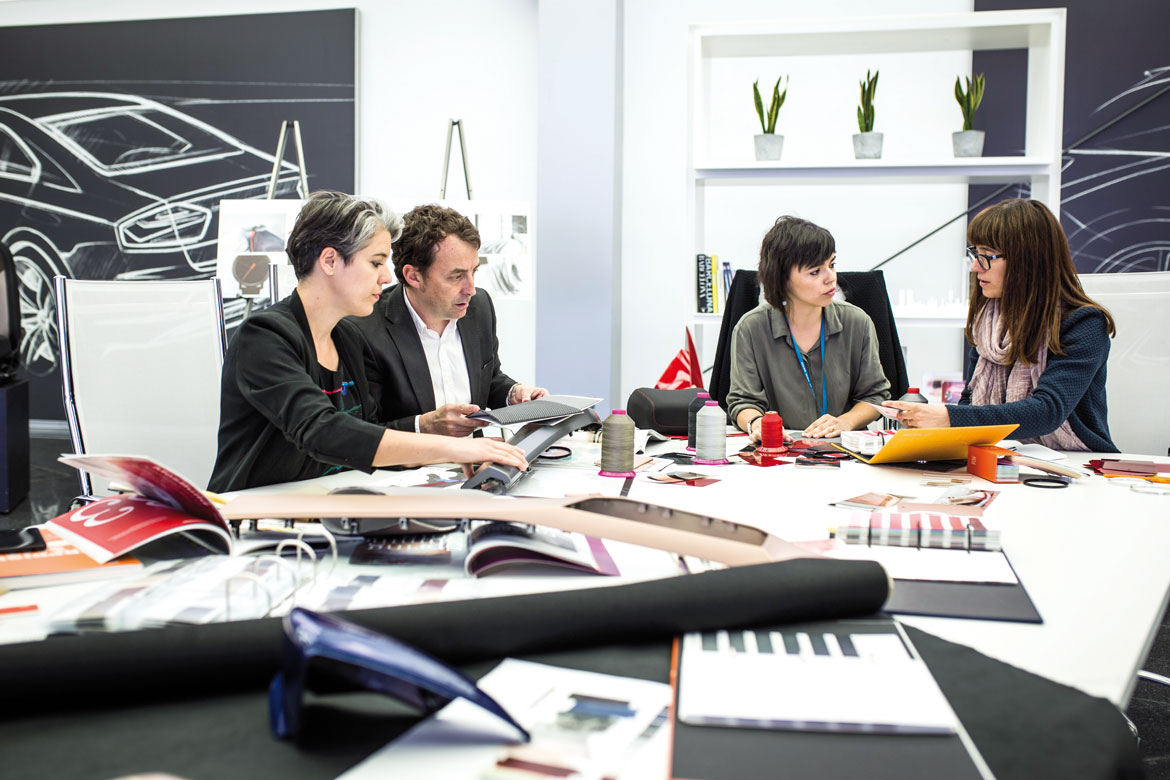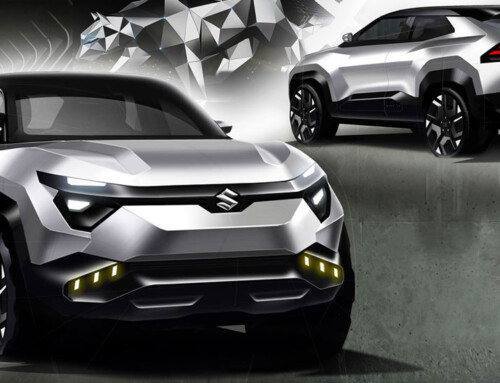A “baby Suv”? A little breezy crossover? However you want to look at it, the Seat Arona represents, in the words of Alejandro Mesonero-Romanos, “this cycle’s maturity”. He is referring to the new departure that started in 2012 with the León, and on the back of which the Spanish manufacturer rose to the upper echelons of European design through its subsequent incarnations in the Ateca Suv and the new Ibiza. If Mesonero-Romanos sees it as the crowning point of this cycle it is because the next car (in 2018) to roll off the Martorell lines will be the bigger Suv derived from the 20V20 concept that he, head of Seat design, already sees as a link with the new cycle due to start later with the new León.
A cycle, it should be said, that will capitalise on current experience, but that will come embellished with new cues: “One hundred per cent Seat”, observes Mesonero-Romanos, “but completely different: a cycle that won’t make any arbitrary breaks with the past but will introduce a new way of sculpting, expressing volumes and graphic elements in a new idiom. The new León will be a “coche rompedor”, a groundbreaking car”.
For the moment, however, let us enjoy this small, Ibiza-derived crossover (segment B, therefore) that – first in the big Volkswagen family – uses the new MQB A0 platform. 4.14 metres long, 1.61 tall, the Arona (name of a Spanish city, as is the tradition: in this case in the Canaries) marks the Group’s entry into the strongly growing compact crossover segment. Presented in Barcelona but officially rolled out at the Frankfurt Motor Show, Seat’s MD, Luca de Meo says it also represents “a product offensive never before undertaken by our brand and has led on average to the introduction, if one also takes into account next year’s big Suv, of one car every six months”.
“We have succeeded in our main objective”, says Mesonero-Romanos: “In the wake of the León we have ‘Leonised’ the brand, with a design that offers good functionality and equally valid styling. The cars are different but they are clearly all part of the same family: they create a brand image that we didn’t have before”. This does not mean that today’s Seat’s are all the same. “The Arona, for example, is a bit boxy and its roominess is very similar to that of the Ateca, without having the same markedly hard lines. We gave the Ateca a more offroad look, with spaces, sturdiness and typical 4×4 codes.
Here instead we opted for a mix of those values with the more rounded, aerodynamic and softer appearance of the Ibiza. The Ateca has the squared off wheel arches typical of a 4×4, in the Arona the appearance is more that of a sport hatchback than a pure offroader”.
Design work got underway at the beginning of 2014, about three months after the Ibiza. Development of the two cars then continued in parallel. The exteriors were overseen by Jorge Diaz, who has now moved to Audi, based on an original design by Julio Lozano, the same designer who had set out the imprint for the Ibiza.
The interiors, which partly copy those of the Ibiza, carry the initial signature of David Jofre and were overseen by Jaume Sala, who was joined by Jordi Font for colour&trim. One of the goals of the Seat designers, explains Mesonero-Romanos, was to give buyers the chance to customise their cars: “With ten different colours, three two-colour options for the roof and 2 for the interiors there are 60 possible solutions. How many B-segment crossovers offer the same?”
Full article in Auto&Design no. 226









